(NLDO) - Scientists have discovered unusual signals that resemble flashing lights, "crossing space" from where the universe began.
A team of astronomers from Stockholm University (Sweden) looked at data recorded by NASA's Hubble Space Telescope about faint galaxies born shortly after the Big Bang event that created the universe and noticed an unusual phenomenon.
These are galaxies that belong to the early universe about 13 billion years ago.
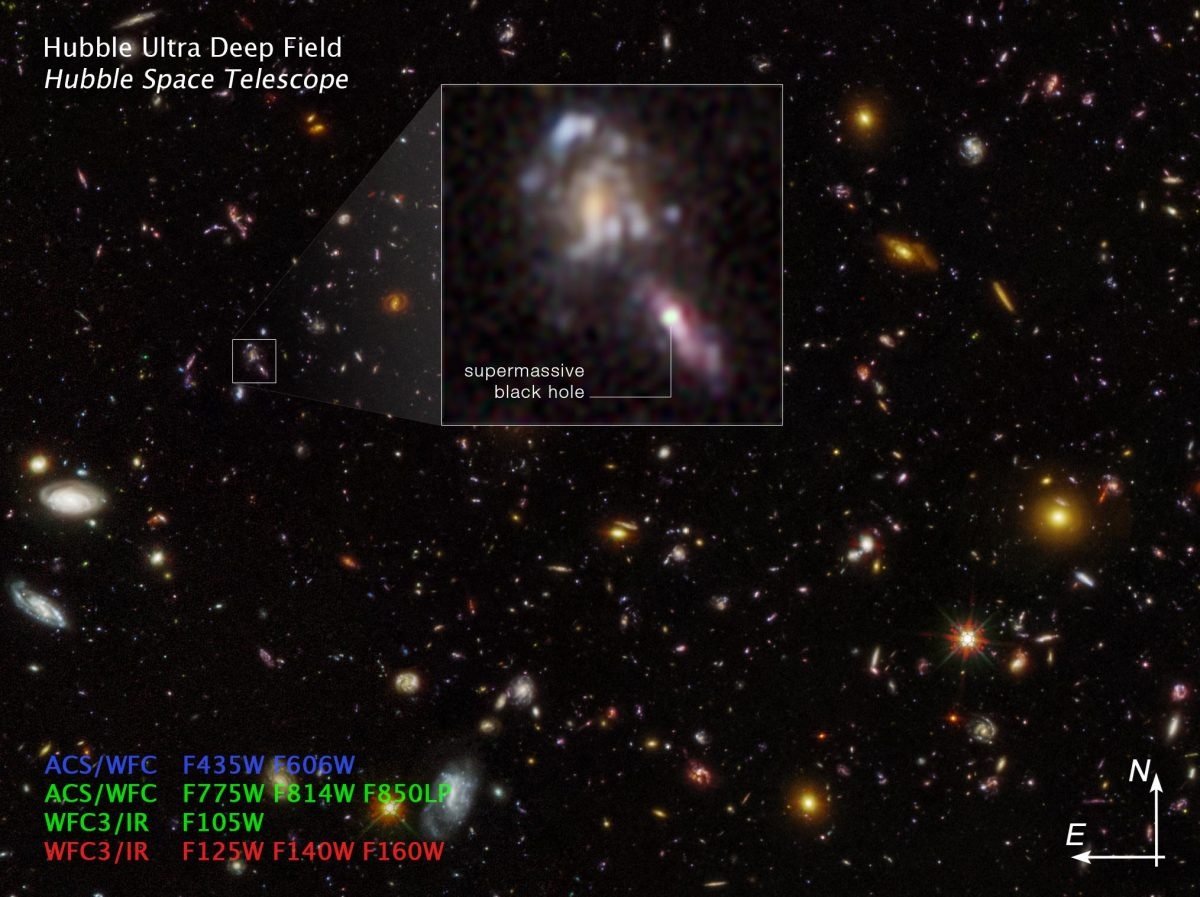
A black hole flashes in Hubble data - Photo: NASA/ESA
These ancient galaxies were once located approximately 13 billion light years from where Earth exists today, and the light that forms their images takes a similar amount of time to reach the telescope.
This inadvertently helps us see images of the past and know what happened when the universe was young.
In this case, the strange signals Hubble picked up could help explain the puzzle: Did the galaxies come first, or did the monster black holes come first?
According to the authors, the unusual signals in the nuclei of these galaxies are their supermassive black holes, a type of black hole known as a monster black hole, but much more terrifying than the monster at the center of our galaxy.
They are the largest black holes, millions or billions of times more massive than the Sun, that act as rips in space-time that forever devour anything that passes nearby.
They are like sleeping dragons, not pulling matter continuously but only waking up and becoming active whenever something happens to pass by.
Each time they wake up to "eat", they light up like a lighthouse and then temporarily go out. This is what causes the strange flickering light that Hubble recorded.
In the study published in the scientific journal The Astrophysical Journal Letters, the authors said they did a thorough search and realized that there are more of these black holes than previously thought.
Many of these objects appear to be larger than the initial masses scientists thought they could attain in the early universe, suggesting they must have been very large when they formed or evolved rapidly.
The authors suggest that this size and prevalence suggests that black holes - the nuclei of galaxies - existed before the first galaxies formed.
They may have been formed by the collapse of massive, primordial stars during the first billion years of cosmic time.
It was a very large, very hot and short-lived star, enough to create a large black hole when it died, not the small stellar mass black holes of today.
Alternatively, they can also form directly from collapsing gas clouds, the merger of massive stars.
Another interesting scenario is that they are the result of a merger of a type of primordial black hole, formed just seconds after the Big Bang.
Source: https://nld.com.vn/nasa-chup-duoc-than-chet-bat-tu-cua-vu-tru-196240930101441995.htm


![[Photo] Prime Minister Pham Minh Chinh chairs the first meeting of the Steering Committee on Regional and International Financial Centers](https://vstatic.vietnam.vn/vietnam/resource/IMAGE/2025/4/3/47dc687989d4479d95a1dce4466edd32)
![[Photo] General Secretary To Lam receives Japanese Ambassador to Vietnam Ito Naoki](https://vstatic.vietnam.vn/vietnam/resource/IMAGE/2025/4/3/3a5d233bc09d4928ac9bfed97674be98)
![[Photo] Ho Chi Minh City speeds up sidewalk repair work before April 30 holiday](https://vstatic.vietnam.vn/vietnam/resource/IMAGE/2025/4/3/17f78833a36f4ba5a9bae215703da710)
![[Photo] A brief moment of rest for the rescue force of the Vietnam People's Army](https://vstatic.vietnam.vn/vietnam/resource/IMAGE/2025/4/3/a2c91fa05dc04293a4b64cfd27ed4dbe)
![[Photo] Capital's youth enthusiastically practice firefighting and water rescue skills](https://vstatic.vietnam.vn/vietnam/resource/IMAGE/2025/4/3/3f8481675271488abc7b9422a9357ada)
![[Photo] Prime Minister Pham Minh Chinh chairs meeting after US announces reciprocal tariffs](https://vstatic.vietnam.vn/vietnam/resource/IMAGE/2025/4/3/ee90a2786c0a45d7868de039cef4a712)
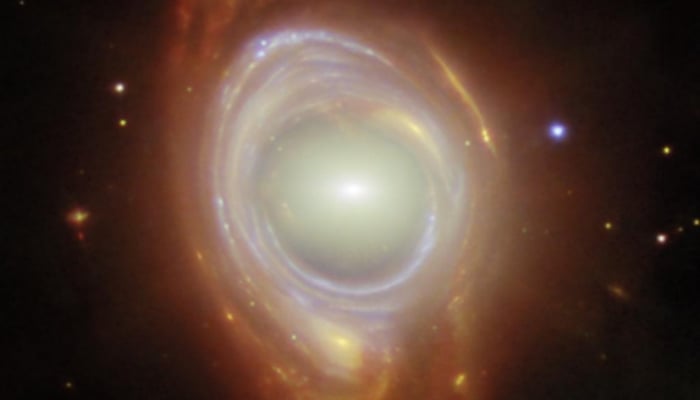

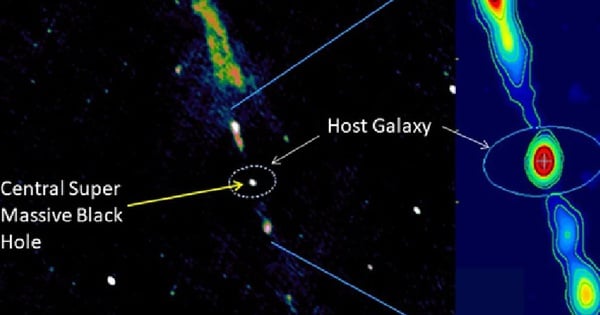
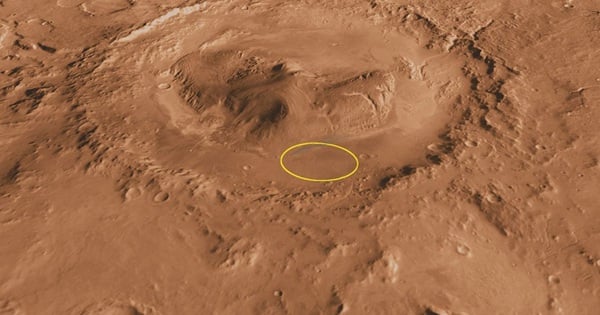
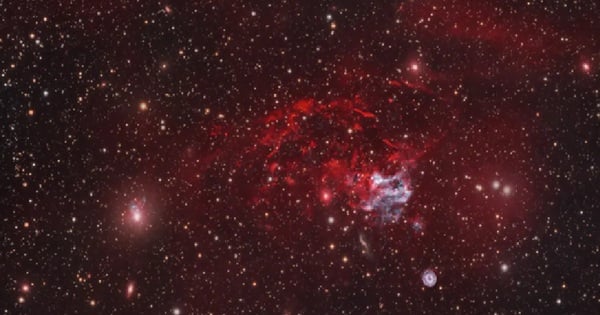
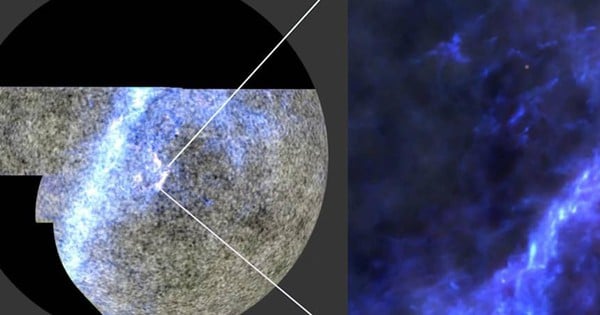


![[Video] Eliminate the "can't do it, ban it" mindset in science](https://vstatic.vietnam.vn/vietnam/resource/IMAGE/2025/4/3/1122c1ea9e244ddab1331a0597c60638)



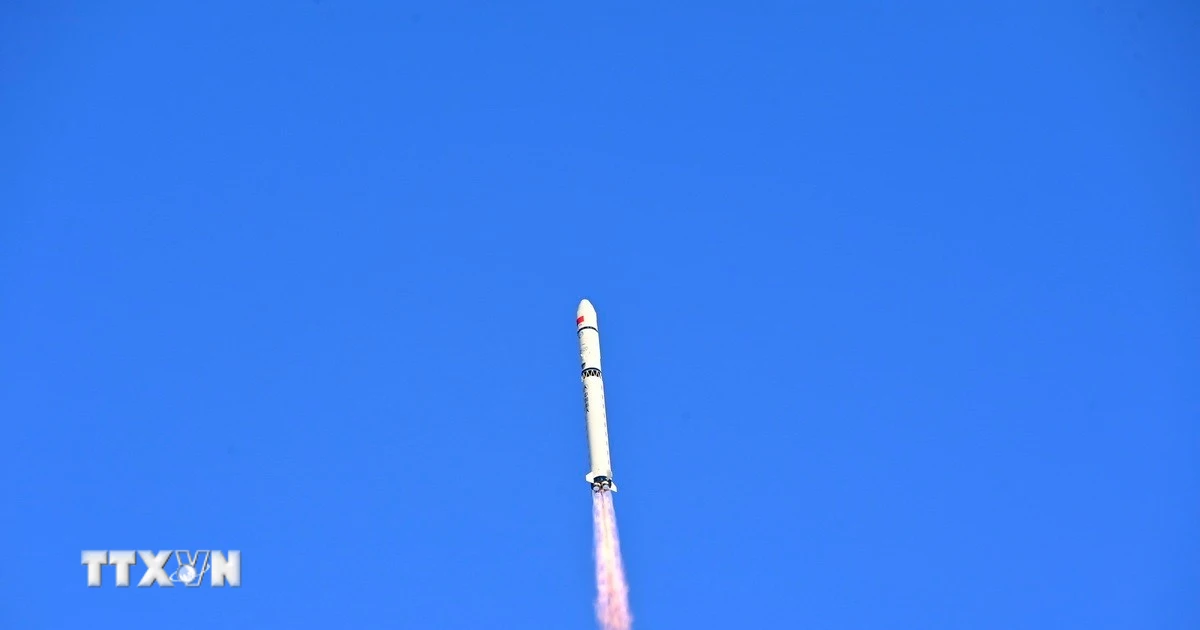







































































Comment (0)